Blog 21 | Quick guide to Audio Cables | Part 1November 13, 2024 - Posted by Mash Maximus We are Pro Audio LA. You likely know us because of our cables. You might even be using some cables made by our cable shop as you read this! Our team of cable nerds has extensive experience helping audio professionals, mix engineers, mastering engineers, home studio users, producers, composers and audiophiles find the right cables for their needs. Our small team of technicians hand build all our cables in our workshop in Glendale, CA. This allows us to offer custom lengths, color choices, customization options like rings, boots and in some cases custom labeling. While this is not an exhaustive guide to cables, we'll dive into some of the most common types of audio cables and their typical applications to ensure you have the information you need to make informed purchasing decisions. This will be a multi-part post with each one focusing on a specific type of group of commonly used cables. XLR CablesXLR cables are the industry standard for balanced microphone and line level signals. Besides getting to choose any custom length, Pro Audio LA offers a selection of cable colors, 90º connectors as well as colored rings and connector boots for additional customization. XLR cables are primarily used for connecting microphones, balanced line level devices like mixing consoles and audio interfaces, as well as powered studio monitors. The balanced signal helps reject noise and interference, making XLR ideal for longer cable runs (more on this later). In general terms, the same XLR cable that you would use to connect a microphone to a mic preamp can be used to connect the outputs of your interface or monitor controller to a powered monitor. There is no difference between an XLR cable that is used for microphones, line level signals (converters / interfaces, outboard gear) or powered monitors / speakers. We offer XLR cables made with Neutrik Gold connectors and a variety of cable brands like Mogami, Canare, Gotham, Grimm, Evidence Audio and Sommer. Each brand has their dedicated fans, but we find that all the brands we carry offer equivalent and extremely high quality performance.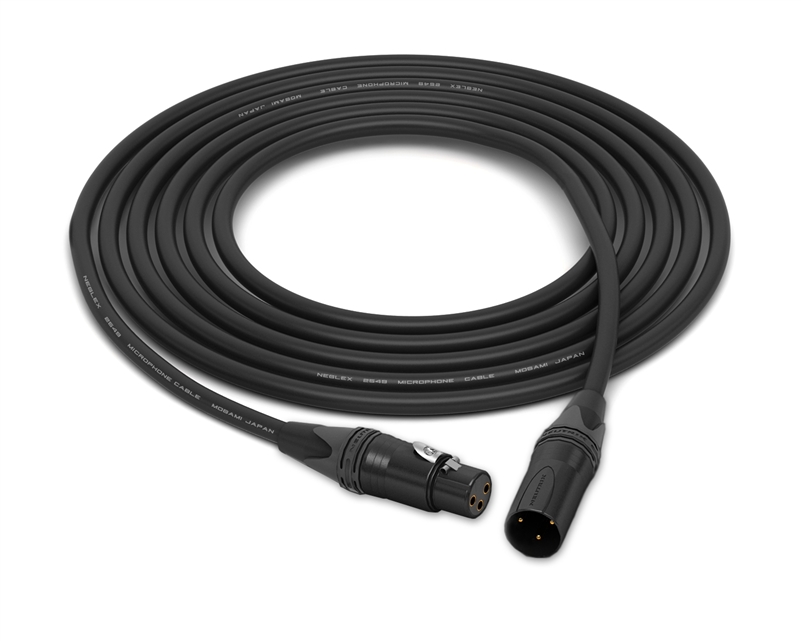 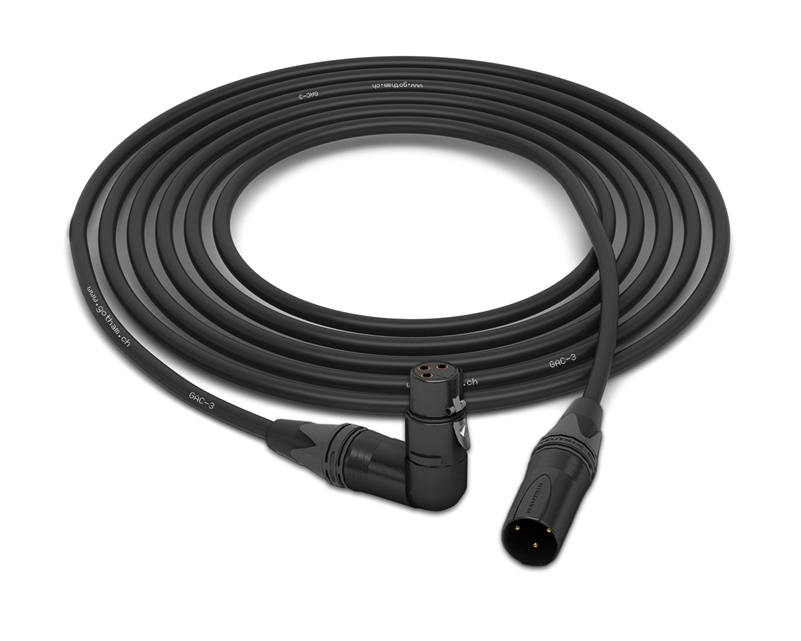 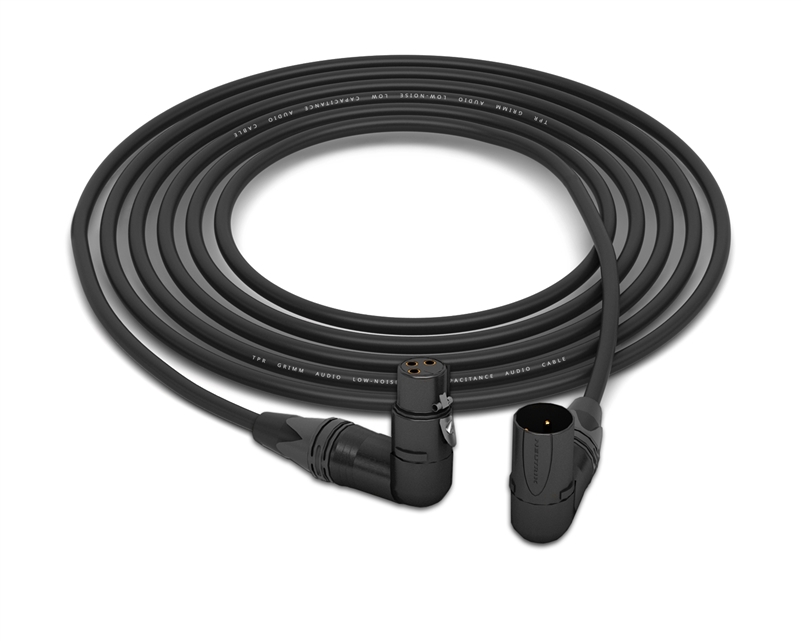 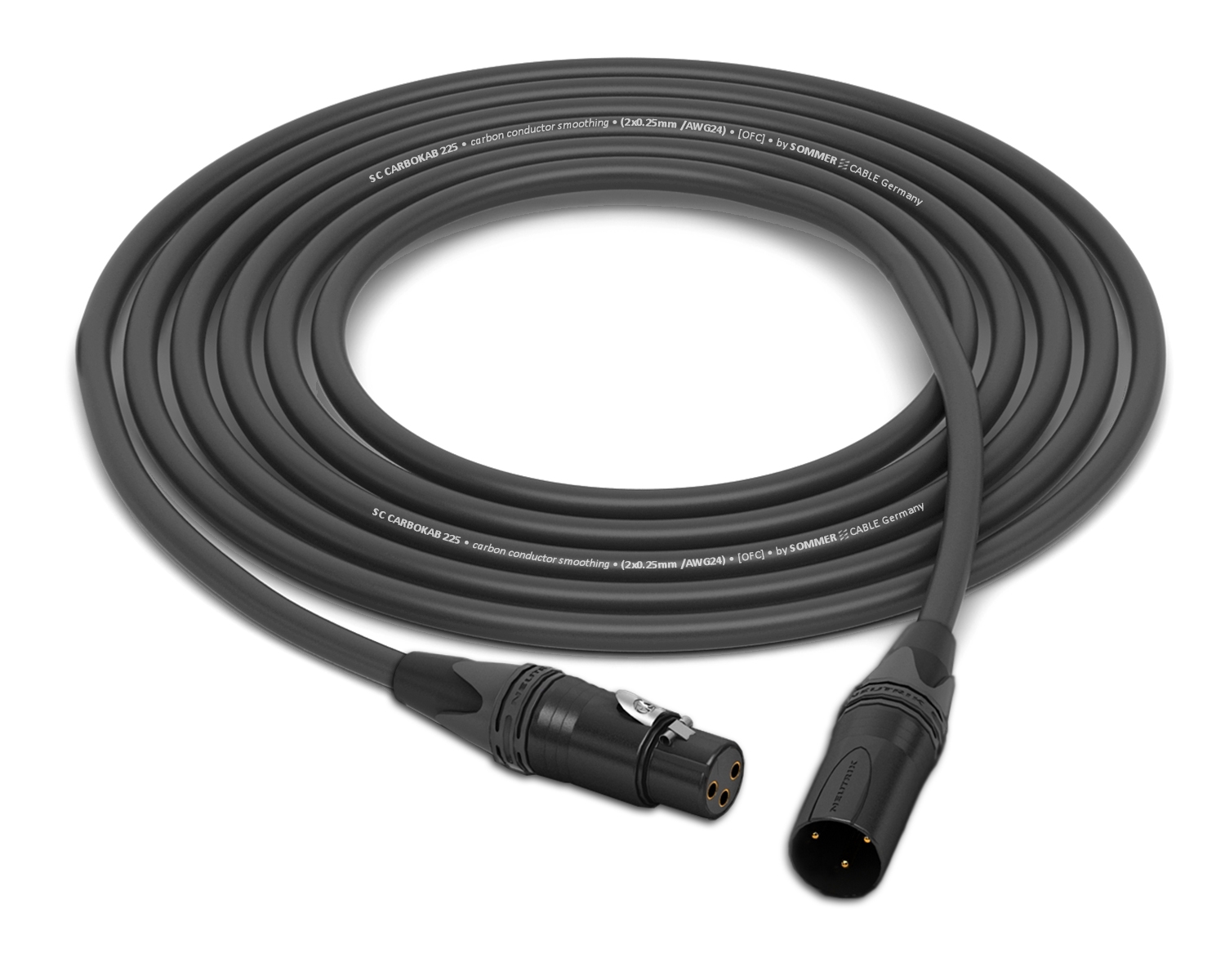 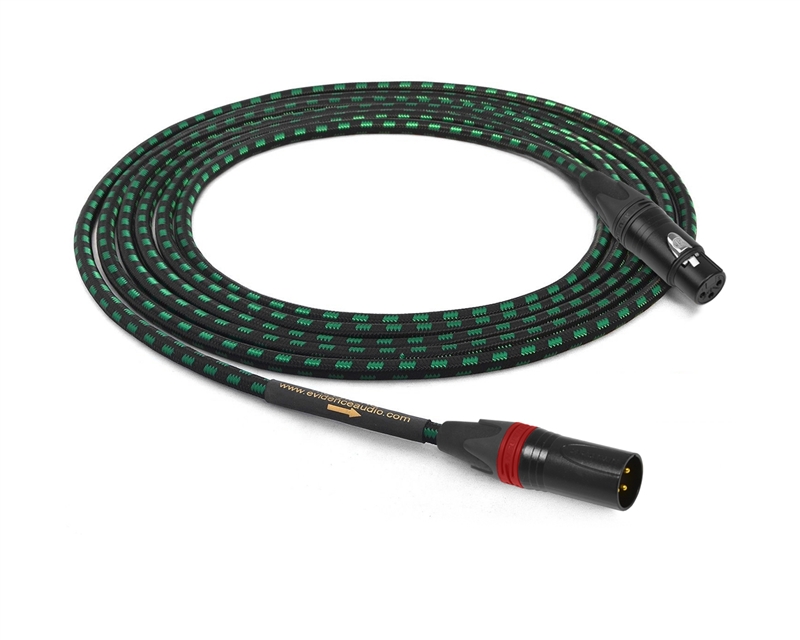 There are 2 main types of cable offered by these brands, the standard 2 conductor and 4 conductor quad cable. When very long lengths of cabling is required, we recommend going with a quad (4-conductor) cable as the quad arrangement provides additional protection against electromagnetic interference and noise. Two of the most popular quad cables we offer are the Canare L-4E6S Quad and the Mogami 2534 Quad.  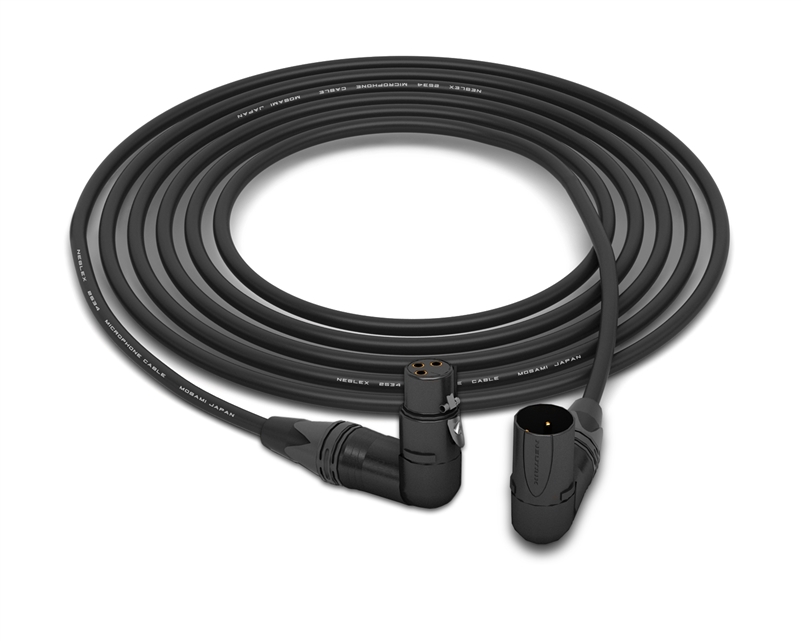 While there are many smaller differences between the various models of cables offered by the various brands, their main application is always the same, so there is a lot of flexibility within brands and individual cable models for the user. Get in touch with us if you have more questions or want to dig deeper into XLR cables. ¼ TRS CablesTRS (tip-ring-sleeve) cables are another versatile option for balanced line level signals. In addition to balanced applications, TRS cables can also be used for unbalanced stereo or dual mono connections. Our TRS cables come in the same customizable lengths as our XLR offerings, and we offer several color choices. TRS cables are commonly used to connect balanced line level gear like studio monitors, outboard effects, and audio interfaces. They're also a great choice for stereo headphone connections and stereo outputs from keyboards, synths and samplers. While it is not recommended to use TRS cables for microphones, some devices do require a XLR-Female to TRS cable. We strongly do not recommend using XLR to TRS cables of any kind with condenser microphones as they require Phantom power.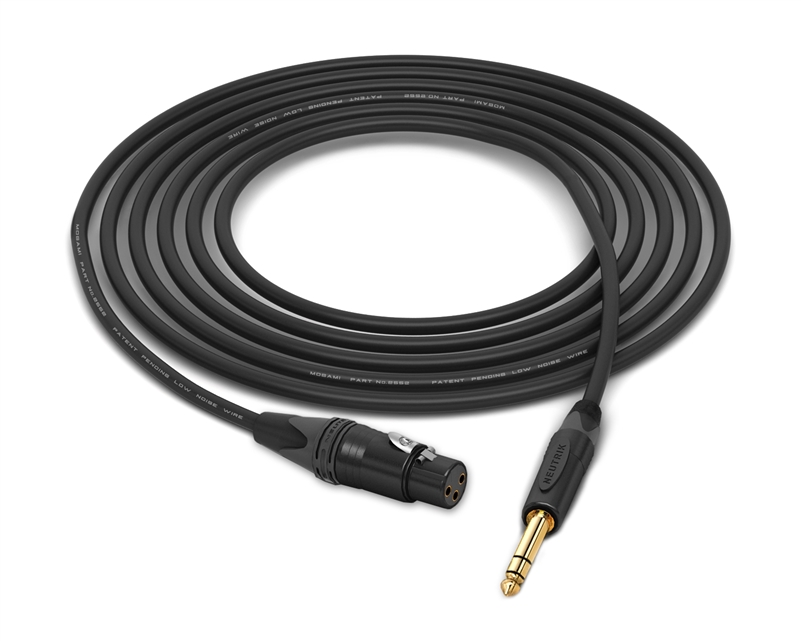 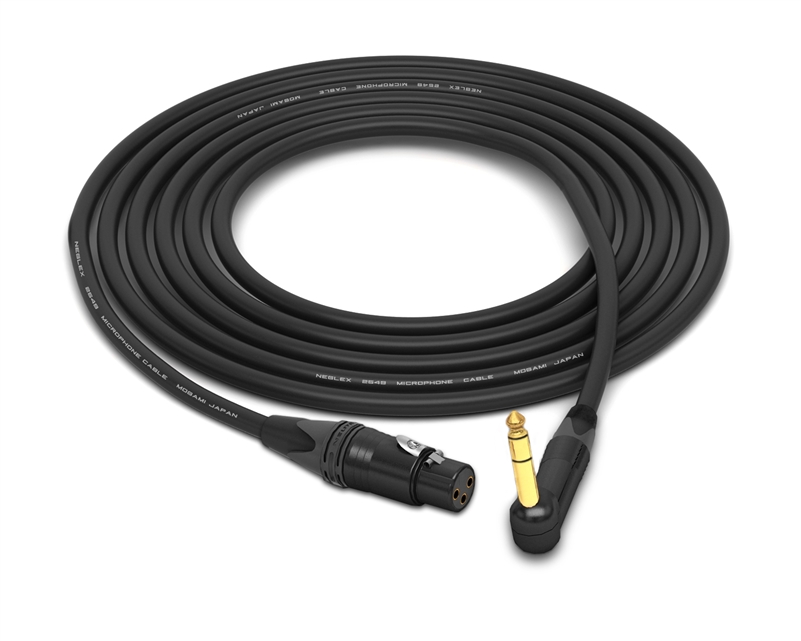 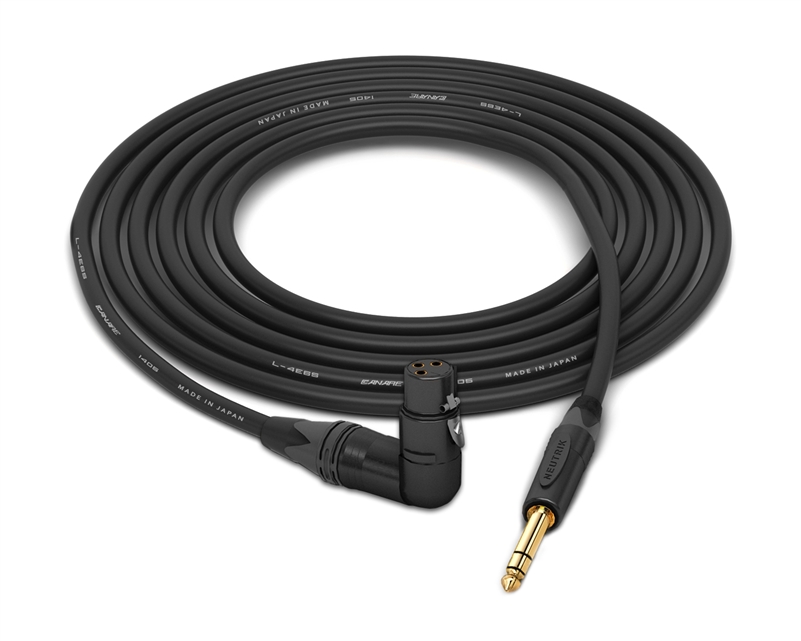 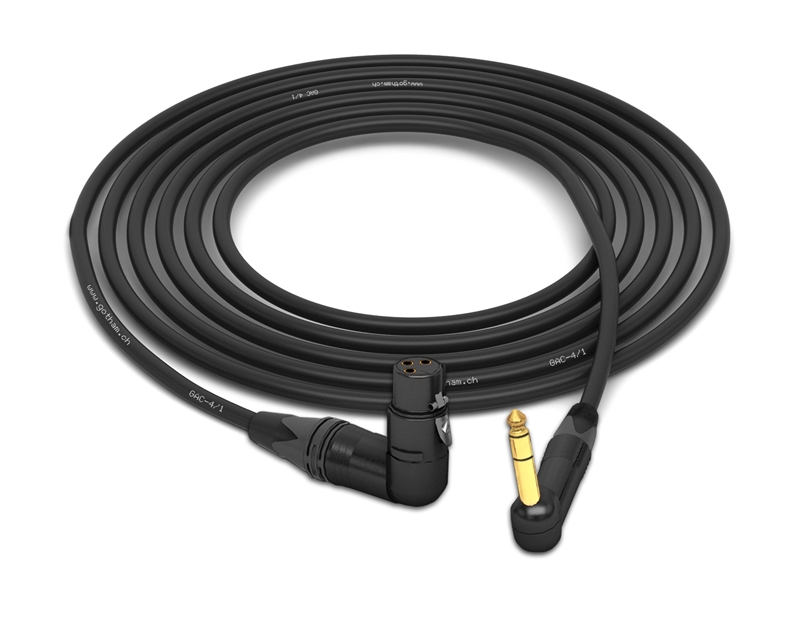 Our TRS offerings are just as customizable as our XLR cables and are from the same popular brands like Mogami, Canare, Gotham, Grimm, Sommer, etc. One of the most popular uses of TRS cables is headphone extension. Is the stock cable that came with your headphones just a little too short? If you headphone amp or headphone output just out of reach? Then a headphone extension cable is what you need! Headphone extension cables are varieties of TRS cables. Browse through our selection and find the connector configuration that is right for you. Not sure, reach out to us so we can help you find the right cable. 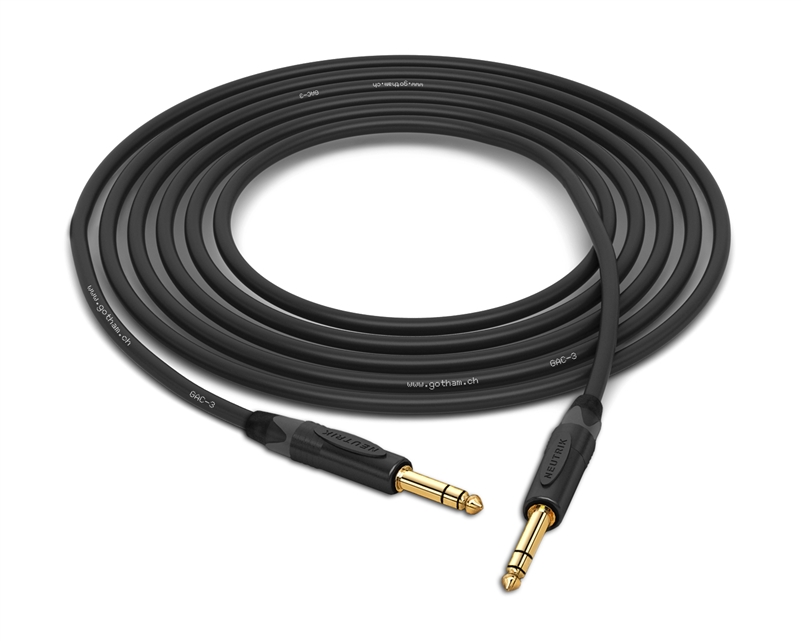 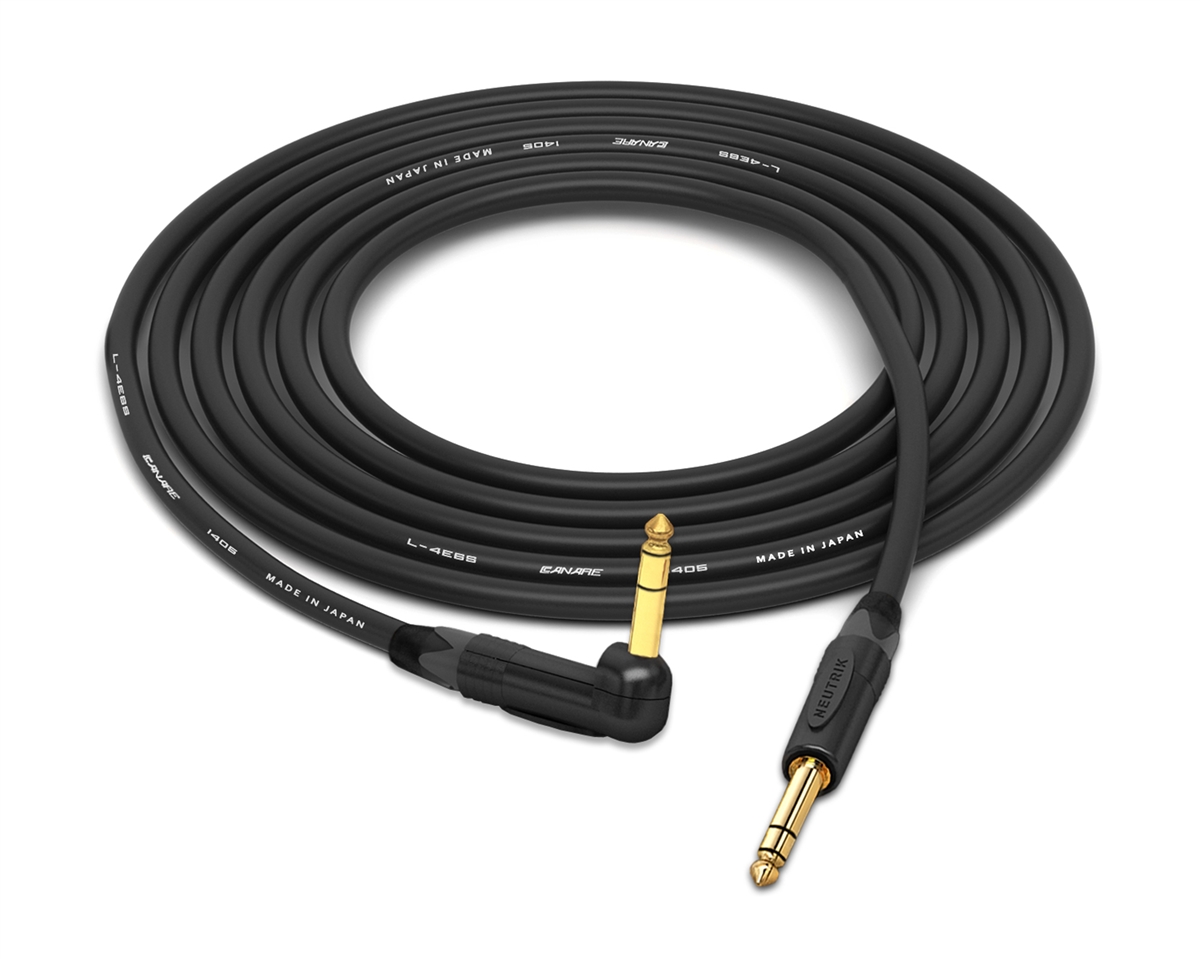 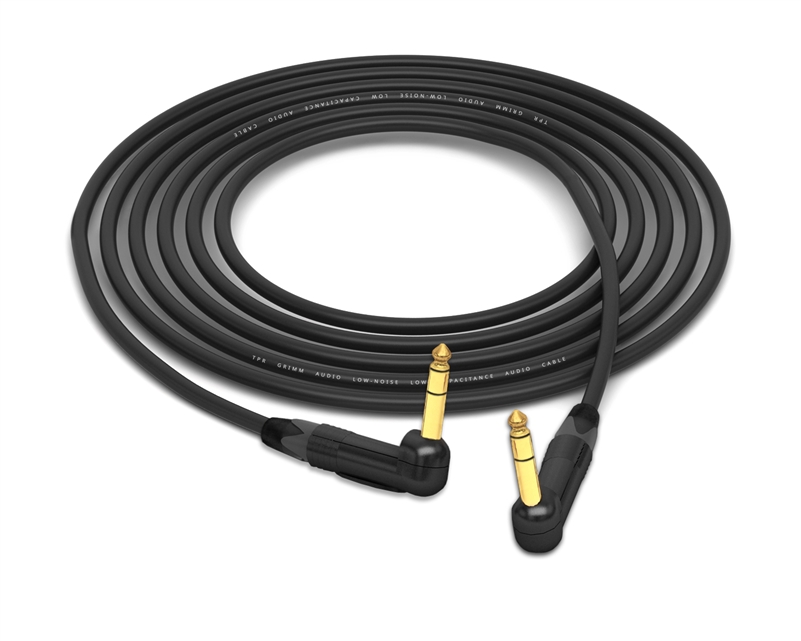 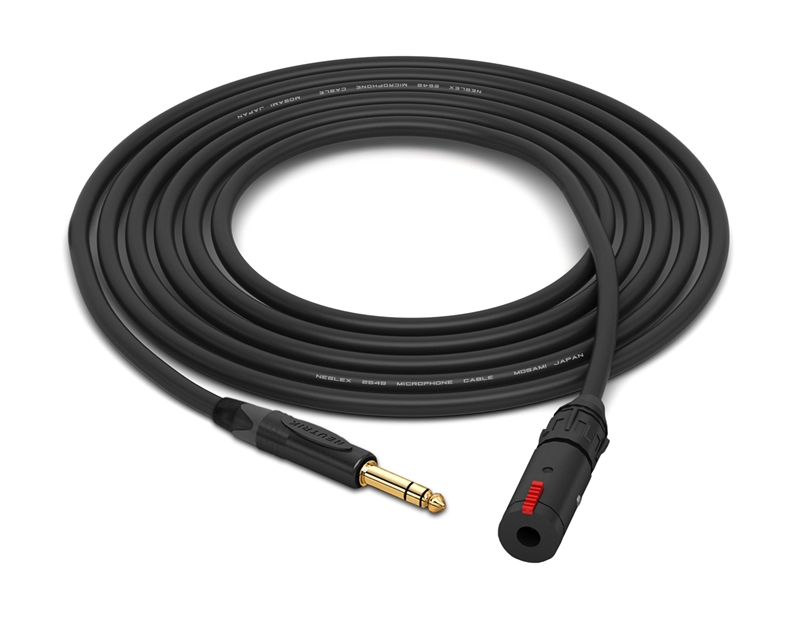 One final thing to note about TRS cables they cannot be used in place of ¼ TS cables. TS cables are meant for instrument level signals (guitars, basses, pickup instruments, synths, certain samplers etc.) While both TRS and TS connectors are commonly referred to as ¼, they are not the same and are specifically meant for different applications. If you are not sure about which one you need, talk to us! Coming up, we will have Part 2 of this post, discussing unbalanced, instrument (1/4 TS) and speaker cables. Stay tuned for more cable. |